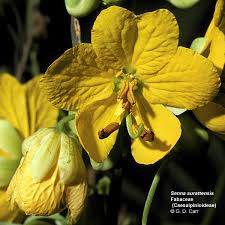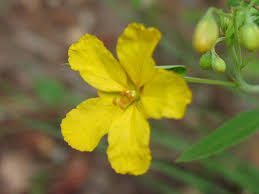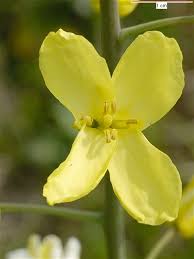Hi i am here to tell you all why i chose up My botany instead of any of my other subjects like zoology..........physics...............chemistry. Well its like this.............
When i joined my college i first used to hate botany............but then my botany sir's first lecture really had shaken me up and now i love botany
But you may ask why not the other subjects
well well my zoology sir's lecture is simply boring and hero's ( my physics sir ) lecture is crap and lacks the touch.............. you should listen to his English,mindboggling ( i think you can guess it )
and my chemistry is alright...........
Have a nice day
Aditya
Saturday, January 24, 2009
Tuesday, January 20, 2009
Aestivation
The mode of arrangement of perianth lobes in bud condition is called 'Aestivation'.
It is of the following types:-
1. Valvate:- In this type of Aestivation the perianth lobes are arranged closely with small gaps between them. They remain free or united.
example:- Calyx of Hibiscus
2. Twisted:- In this type of Aestivation the perianth lobes overlap one another i.e., one margin of perianth lobe is covered by the next one. In this way in all the perianth lobes one margin is inside and the other one is outside.
example:- Corolla of Datura & Hibiscus
3. Ascendingly Imbricate:- In this type of Aestivation each perianth overlaps the perianth lobes present posterior to it. So the Overlapping is Antero-Posterior.
example:- Corolla of Caesalpiniacea
example:- Corolla of Fabaceae
5. Quincuncial:- It is also a type of Twisted Aestivation. In this type the perianth lobes overlap in such a manner that the margins of the two perianth lobes are completely inside, and the other two perianth lobes are outside, and in the remaining one perianth lobe, one margin is inside an the other margin is outside.
example: Calyx of Ipomoea & Catharanthus
It is of the following types:-
1. Valvate:- In this type of Aestivation the perianth lobes are arranged closely with small gaps between them. They remain free or united.
example:- Calyx of Hibiscus
Hibiscus
2. Twisted:- In this type of Aestivation the perianth lobes overlap one another i.e., one margin of perianth lobe is covered by the next one. In this way in all the perianth lobes one margin is inside and the other one is outside.
example:- Corolla of Datura & Hibiscus
Datura
3. Ascendingly Imbricate:- In this type of Aestivation each perianth overlaps the perianth lobes present posterior to it. So the Overlapping is Antero-Posterior.
example:- Corolla of Caesalpiniacea
Caesalpiniacea
4. Descendingly Imbricate:- It is also called as Vexillary Aestivation. In this type of Aestivation each perianth lobe covers the perianth lobe present anterior to it. So the overlapping is Postero-Anterior.example:- Corolla of Fabaceae
Dolichos
5. Quincuncial:- It is also a type of Twisted Aestivation. In this type the perianth lobes overlap in such a manner that the margins of the two perianth lobes are completely inside, and the other two perianth lobes are outside, and in the remaining one perianth lobe, one margin is inside an the other margin is outside.
example: Calyx of Ipomoea & Catharanthus
Catharanthus
Saturday, January 17, 2009
Merosity
The Number of floral parts in each whorl ( often leaving out androecium and gynoecium ) of a flower refers to its merosity. Accordingly, the merosity is of the following types:-
1. Trimerous:- In each whorl floral parts are three or in multiples of three.
2. Tetramerous:- In each whorl the floral parts are four or in the multiples of four.
3. Pentamerous:- In each whorl the floral parts are five or in the multiples of five.
example: Hibiscus

1. Trimerous:- In each whorl floral parts are three or in multiples of three.
2. Tetramerous:- In each whorl the floral parts are four or in the multiples of four.
3. Pentamerous:- In each whorl the floral parts are five or in the multiples of five.
example: Hibiscus

HIBISCUS
Symmetry of Flowers
Flowers are classified into 3 types based on their symmetry:-
1. Actinomorphic:- A flower is said to be Actinomorphic when it can be cut into equal halves through any plane passing through the centre.
2. Zygomorphic:- A flower is said to be Zygomorphic when it can be divided into equal halves or antimeres inonly one vertical section passing through the centre.
3. Asymmetric:- This flower cannot be cut into antimeres or two equal halves in any plane.
1. Actinomorphic:- A flower is said to be Actinomorphic when it can be cut into equal halves through any plane passing through the centre.
2. Zygomorphic:- A flower is said to be Zygomorphic when it can be divided into equal halves or antimeres inonly one vertical section passing through the centre.
3. Asymmetric:- This flower cannot be cut into antimeres or two equal halves in any plane.
Subscribe to:
Posts (Atom)













